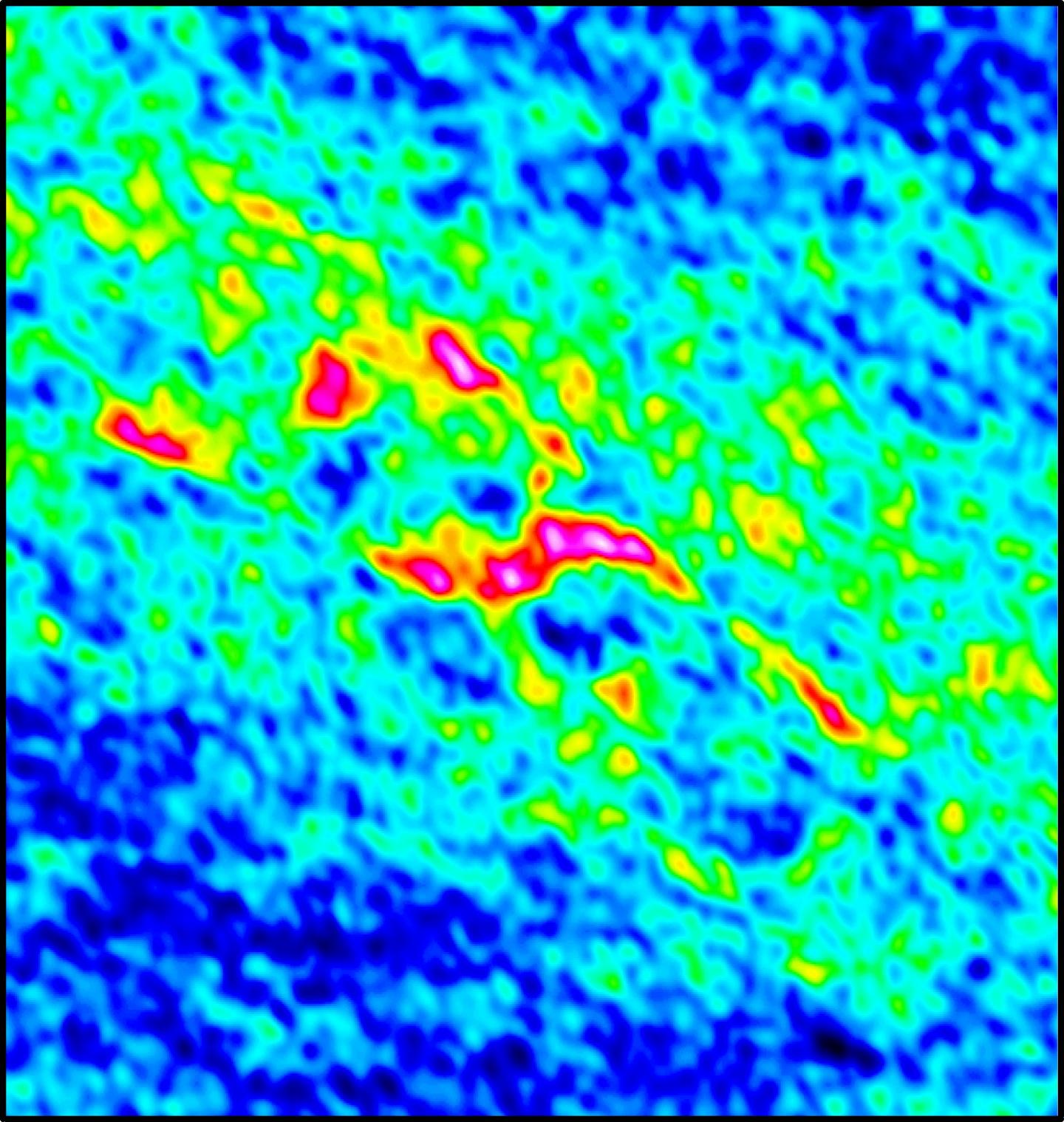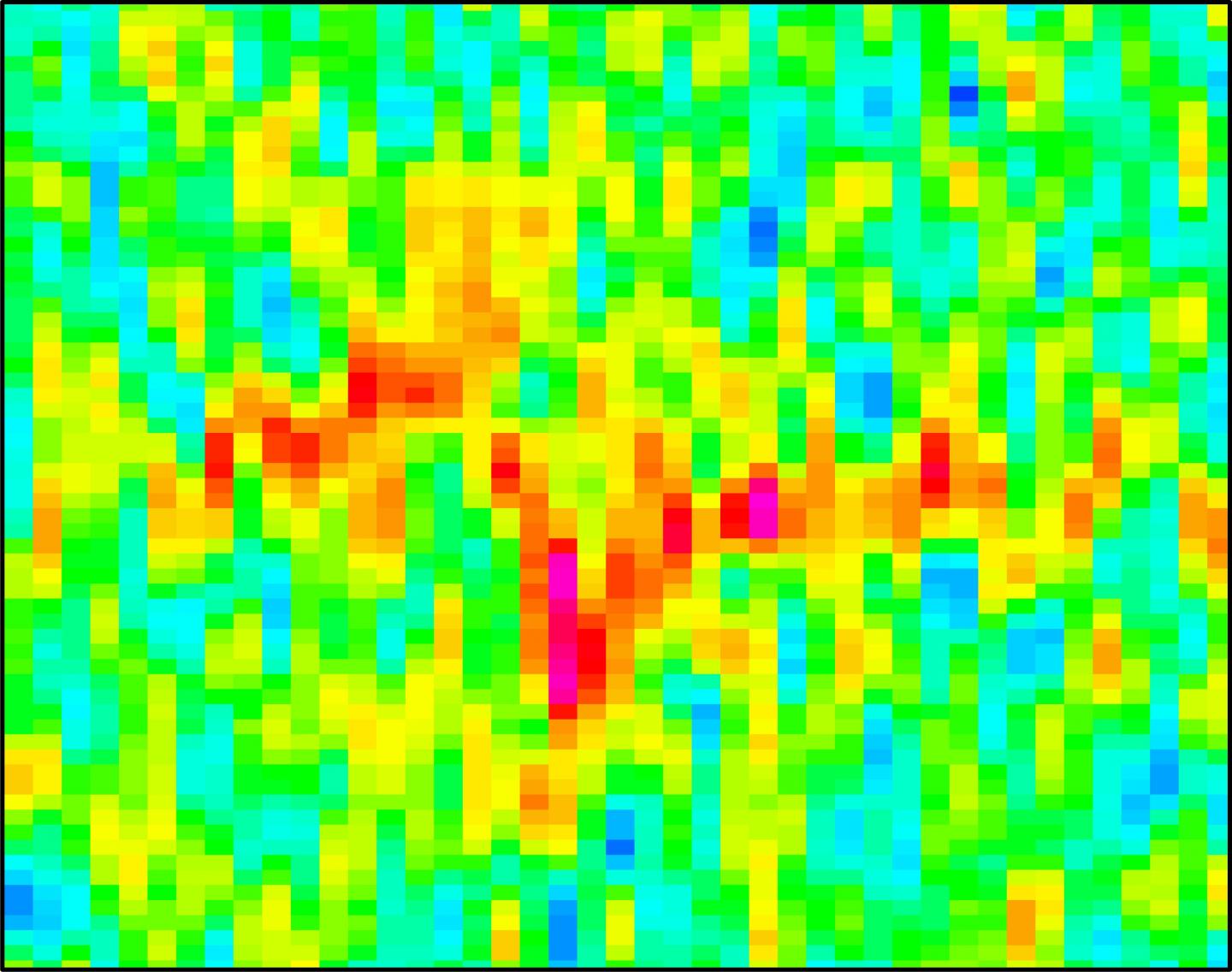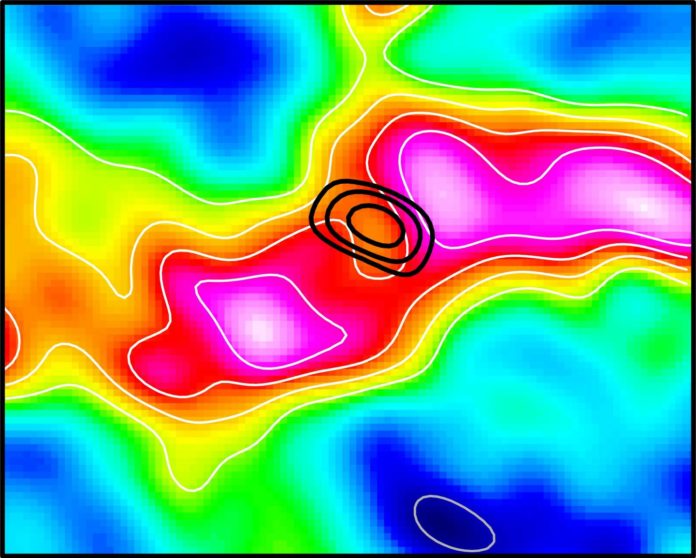In early 2017, graduate student Yuki Okoda received complex data on a nearby star from her Professor, Yoko Oya, through which she could begin her Ph.D. Little did she understand that she would discover something that could open up the mysteries of how planets form.
The star being referred to (just known by its catalog number IRAS 15398-3359) is little, young, and moderately cool for a star. Its diminutive stature implies the weal light it sparkles can’t contact us through a billow of gas and residue that encompasses it. However, this doesn’t prevent curious personalities from investigating the obscure.

CREDIT
©2018 Yuki Okoda, Graduate School of Science, The University of Tokyo
In 2013, Oya and her teammates utilized the Atacama Large Millimeter/submillimeter Array (ALMA) in Chile to watch the star in submillimeter wavelengths, as that sort of light can enter the dust cloud – for reference, red light is around 700 nanometers. A careful examination uncovered some intriguing nebulous structures, regardless of the pictures they worked from being difficult to comprehend.
Okoda said, “The greatest academic challenge I’ve faced was trying to make sense of grainy images. It’s extremely difficult to know exactly what you’re really looking at. But I felt compelled to explore the nature of the structures Dr. Oya had seen with ALMA, so I came up with a model to explain them.”
The model she produced came as a surprise to Okoda and her colleagues, but it fit the data perfectly. It describes a dense disk of material that consists of gas and dust from the cloud that surrounds the star. This has never before been seen around such a young star. The disk is a precursor to a protoplanetary disk, which is far denser still and eventually becomes a planetary system in orbit around a star.

CREDIT
©2018 Yuki Okoda, Graduate School of Science, The University of Tokyo
Oya said, “We can’t say for sure this particular disk will coalesce into a new planetary system. The dust cloud may be pushed away by stellar winds, or it might all fall into the star itself, feeding it in the process. What’s exciting is how quickly this might happen.”
The star is small at around 0.7 percent the mass of our sun, in light of perceptions of the mass of the encompassing cloud. It could grow to as huge as 20 percent in only a few tens of thousands of years, a blink of an eye on the astronomical scale.
Okoda said, “I hope our observations and models will enhance knowledge of how solar systems form. My research interests involve young protostellar objects, and the implication that protoplanetary disks could form earlier than expected really excites me.”
Oya said, “We were also lucky to be given time with ALMA to carry out our observations. Only about 20 percent of applications actually go ahead. With highly specialized astronomical instruments, there is much competition for time. My hope is our success will inspire a new generation of astronomers in Japan to reach for the stars.”
The result of this study is published in the journal Astrophysical Journal Letters.
